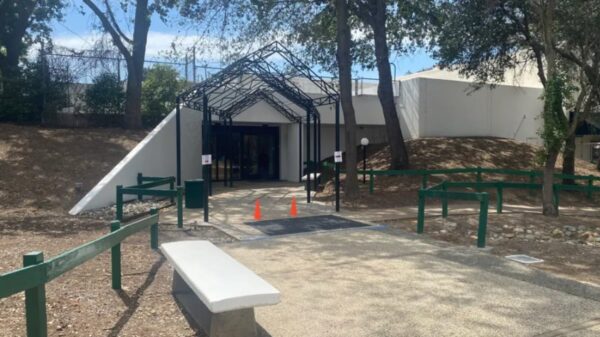A malfunction in cabin pressurization forced a Southwest Airlines flight to return to Hartsfield-Jackson Atlanta International Airport (ATL) shortly after takeoff on November 21, 2023. Flight WN-171, which was headed to Chicago’s Midway International Airport (MDW), experienced the issue shortly after departing ATL. The aircraft, a Boeing 737-800 registered as N8691A, safely landed back in Atlanta about 25 minutes after takeoff.
Upon landing, passengers were transferred to a replacement aircraft, a Boeing 737-700 with registration N204WN. That plane ultimately took off for Chicago with an estimated delay of approximately 2 hours and 30 minutes. The incident highlights the importance of cabin pressurization systems, which are critical for passenger safety during flights.
Details of the Incident
The flight departed from runway 26L and ascended to an altitude of 5,000 feet. At that point, the aircrew informed air traffic control (ATC) that the cabin altitude was not functioning as expected. Recognizing the potential risks associated with cabin pressurization failures, the pilots opted to halt their ascent and return to Atlanta. The aircraft touched down safely on runway 26R.
According to reports from the Aviation Herald, the affected Boeing 737-800 underwent inspection and repairs within 36 hours following the incident. By November 23, the aircraft had returned to service and resumed operations. Data from FlightAware indicates that N8691A successfully completed a flight to Las Vegas International Airport (LAS) later that evening, indicating that the issue was minor and quickly resolved.
Understanding Cabin Pressurization Systems
Cabin pressurization is a vital aspect of aircraft safety. It ensures that passengers and crew have adequate oxygen supply while flying at high altitudes. In the event of a cabin pressure malfunction, there is a risk of hypoxia, a condition that can lead to loss of consciousness. Fortunately, modern aircraft, including the Boeing 737, are equipped with redundant systems designed to mitigate such risks.
Common issues that may impact cabin pressurization include faulty air conditioning controls and malfunctioning outflow valves. In this instance, the problem did not necessitate a significant overhaul of the aircraft, allowing it to return to service quickly. With just over nine years of service history, N8691A is expected to remain operational for another 20 to 30 years, barring any unexpected events.
Safety regulations mandate that if cabin pressure exceeds certain limits, oxygen masks will automatically deploy for all passengers and crew members. Pilots receive specialized training to recognize symptoms of hypoxia and are prepared to respond effectively to any decompression events. Once oxygen masks are in place, pilots can initiate an emergency descent to a safer altitude, typically below 10,000 feet, where supplemental oxygen is no longer required.
While the potential consequences of hypoxia can be severe, the actual risk during normal operations is minimal due to strict safety protocols and advanced aircraft systems. The swift resolution of the situation aboard Flight WN-171 underscores the effectiveness of these safety measures and the commitment of airlines like Southwest to ensuring passenger safety at all times.








































































